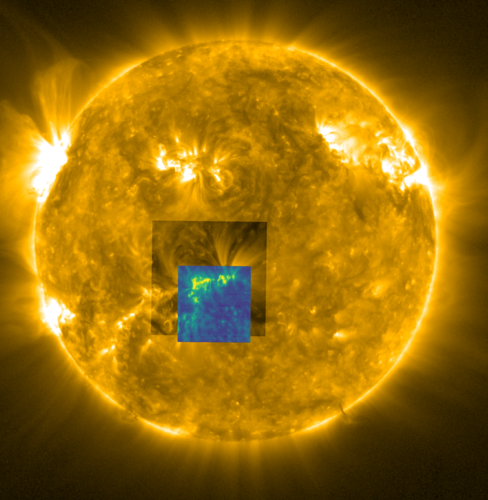The solar wind is the never-ending sleet of electrically charged particles given out by the Sun. It is highly variable, changing its characteristics such as speed, density and composition, depending on what part of the Sun’s surface it is coming from.
Yet, despite decades of study, certain aspects of the solar wind’s origin remain poorly understood. And by the time the wind reaches the Earth, much of the detail has been smeared out, making it virtually impossible to trace it back to specific regions on the Sun’s surface.
As the solar wind travels through the Solar System, it interacts with celestial bodies and spacecraft. These interactions range from the benign, in the case of sparking the auroras on our planet, to highly disruptive, in that solar storms can interfere with or even damage electrical systems on the ground or in spacecraft.
As such, understanding the solar wind is a priority for solar physicists. A key goal of Solar Orbiter’s mission was to link the solar wind around the spacecraft back to its source regions on the Sun. This new result, using data taken during Solar Orbiter's first close approach to the Sun, shows that it is possible, fulfilling a key objective of the mission, and opening a new way to study the origin of the solar wind.



